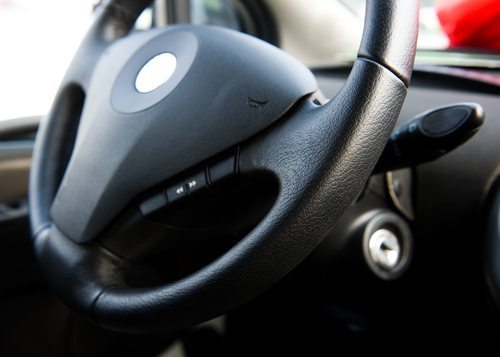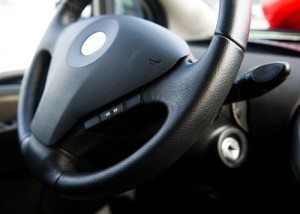
Driverless cars. We’ve been wanting this for a long time, maybe even before the Jetsons cartoon was popular. So, where do you get one? In the future, of course. But, lucky for us, it is in the near future. The 2015 models of standard cars now offer more fuel efficiency, include Wi-Fi access, include lane-changing safety alerts and can self-park, all of which are significant steps towards an autonomous driving vehicle. So, where are we really in this process?
Who’s Working on Them?
It looks like Google is one of the first companies that has taken that next step (or leap) in developing this technology. The U.S. tech company created a self-driving vehicle in 2010 and has been testing it ever since. It is programmed to go 10 miles per hour and has logged 700,000 miles on the open road, reports the BBC. Google has made enough progress that the company announced it will begin building its own self-driving cars. Seeing the progress of this technology accelerate, England has already put legislation in place to allow driverless cars on public roads starting this January. And, the buzz of driverless vehicles seems to be becoming a reality, as many auto-related companies, like Drivetime, are talking about the incoming technology.
Mojo Motors predicts Google will actually have its autonomous cars available for purchase by 2018. In fact, it predicts by 2030, only self-driving vehicles will be able to be purchased in the U.S. And, after another 10 years, 75 percent of all traffic on the road will be autonomous vehicles. By 2070, it predicts that 95 percent of cars on the road will be driverless.
Can We Trust Them?
Before the technology continues to rapidly advance, we need to pause and ask ourselves if we are ready for it. Just like the Internet—a technology we are still trying to get a grasp on as far as safety, security and well-being—autonomous vehicles sound great but may also cause some trepidation. Therefore, we need to make sure that these vehicles are safe and that users trust the technology before they hit the road.
Some questions that need to be answered are: Who will be the better driver? You or the smart car? Not only do engineers need to figure out the complexities of driving but also the reactions to unexpected instances such as deer crossing the road, icy roads, someone or something jumping on top of the vehicle or even lightning striking the vehicle. Basically, an autonomous vehicle is only as safe as engineers can imagine it to be. They must create a vehicle that can react to different situations so that occupants are never in serious danger.
Furthermore, even once we have this technology, it may take time for us to trust it, explains Gigaom. As much as 88 percent of Americans have said they do not trust riding in a driverless vehicle, according to a recent Seapine Software study. We’ve been in the driver seat since Nicholas Joseph Cugnot built the first self-powered vehicle in 1769, so it’s not easy for us to not control it. This means that engineers also need to think about creating a vehicle that still lets us feel in control even if we’re not. Maybe if we have the power to control how fast the vehicle goes, which route to take and if we can give alerts to sudden, unexpected actions, we humans can actually enjoy and trust an autonomous driving vehicle . . . whenever that technology becomes available to us. Only the future can tell.

Leave a Reply
You must be logged in to post a comment.